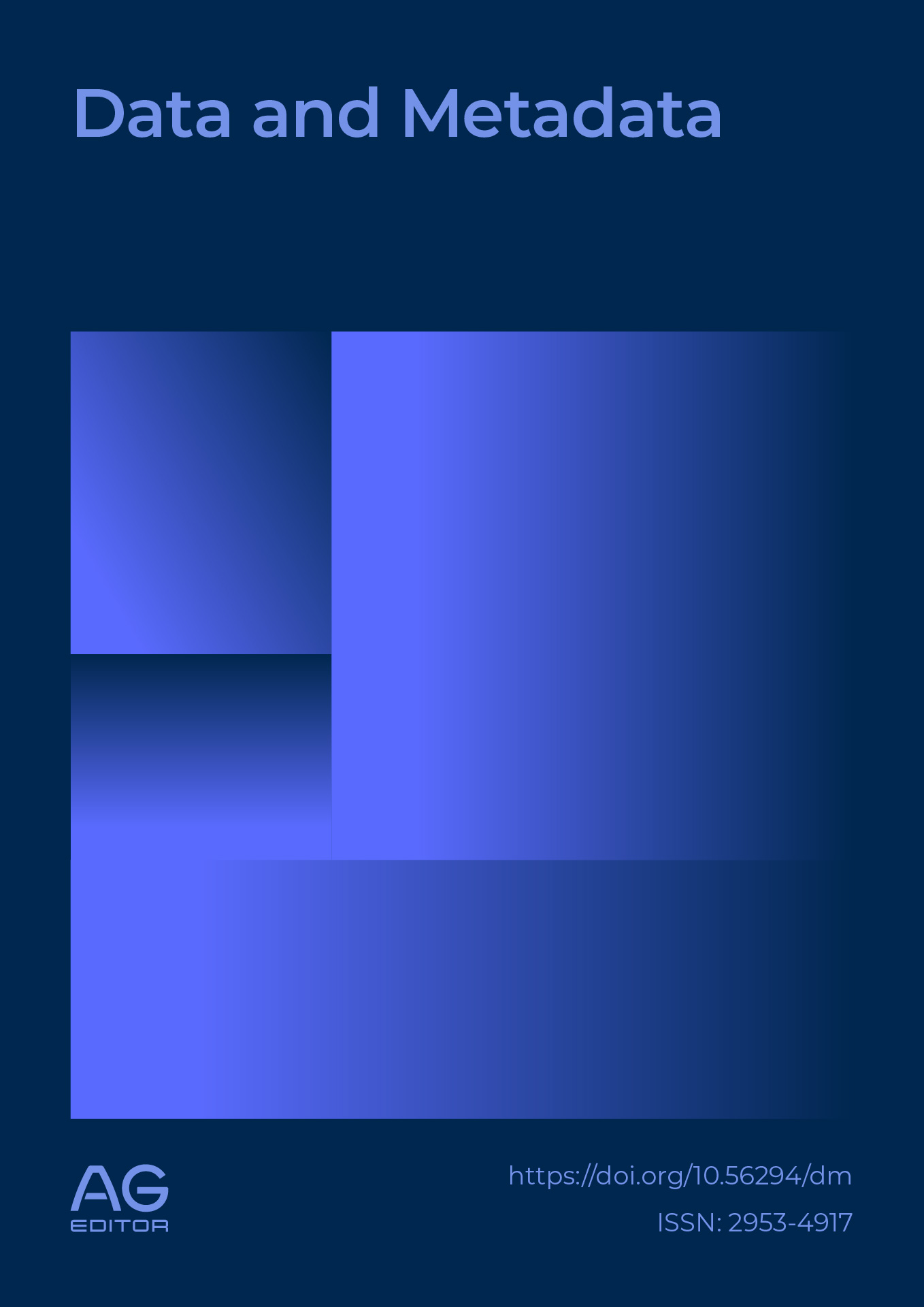Enhancing Intrusion Detection Systems using Ensemble Machine Learning Techniques
DOI:
https://doi.org/10.56294/dm202271Keywords:
PSNR, LSB, Watermarking, Legendre Moment, DCTAbstract
The increasing usage of the Internet has also brought about the risk of network attacks, leading to the need for effective intrusion detection systems. This chapter aims to fill the gap in literature by conducting a comprehensive review of 55 relevant studies conducted from 2000 to 2007, focusing on the use of machine learning techniques for intrusion detection. The reviewed studies are compared based on the design of their classifiers, the datasets used in their experiments, and other experimental setups. Single, hybrid, and ensemble classifiers are examined, and their achievements and limitations are discussed. The chapter provides a thorough evaluation of the strengths and weaknesses of using machine learning for intrusion detection and suggests future research directions in this field. In conclusion, this chapter addresses the need for a comprehensive review of machine learning techniques in intrusion detection. It provides insights into classifier design, dataset selection Other experimental details an assessment of the use of machine learning for intrusion detection is presented, and recommendations for future studies are suggested
References
1. Abadeh MS, Habibi J, Barzegar Z, Sergi M. A parallel genetic local search algorithm for intrusion detection in computer networks. Eng Appl Artif Intell. 2007;20:1058–69.
2. Agarwal R, Joshi MV. A new framework for learning classifier models in data mining. Department of Computer Science, University of Minnesota; 2000.
3. Anderson J. An introduction to neural networks. Cambridge: MIT Press; 1995.
4. Balajinath B, Raghavan SV. Intrusion detection through behavior model. Comput Commun. 2000;24:1202–12.
5. Bishop CM. Neural networks for pattern recognition. Oxford: Oxford University Press; 1995.
6. Bouzida Y, Cuppens F, Cuppens-Boulahia N, Gombault S. Efficient intrusion detection using principal component analysis. In: Proceedings of the 3eme conference sur la securite et architectures reseaux (SAR). Orlando, FL, USA; 2004.
7. Bridges SM, Vaughn RB. Intrusion detection via fuzzy data mining. In: Proceedings of the twelfth annual Canadian information technology security symposium. Ottawa, USA; 2000.
8. Chavan S, Shah KDN, Mukherjee S. Adaptive neuro-fuzzy intrusion detection systems. In: Proceedings of the international conference on information technology: Coding and computing (ITCC’04); 2004.
9. Chen Y, Abraham A, Yang B. Hybrid flexible neural-tree-based intrusion detection systems. Int J Intell Syst. 2007;22:337–52.
10. Chen WH, Hsu SH, Shen HP. Application of SVM and ANN for intrusion detection. Comput Oper Res. 2005;32:2617–34.
11. Chimphlee W, Addullah AH, Sap MNM, Srinoy S, Chimphlee S. Anomaly-based intrusion detection using fuzzy rough clustering. In: Proceedings of the international conference on hybrid information technology (ICHIT’06); 2006.
12. Depren O, Topallar M, Anarim E, Ciliz MK. An intelligent intrusion detection system (IDS) for anomaly and misuse detection in computer networks. Expert Syst Appl. 2005;29:713–22.
13. Ertoz L, Eilertson E, Lazarevic A, Tan PN, Dokas P, Kumar V, et al. Detection and Summarization of Novel Network Attacks Using Data Mining.
14. Eskin E, Arnold A, Prerau M, Portnoy L, Stolfo S. A geometric framework for unsupervised anomaly detection: Detecting intrusions in unlabeled data. Kluwer; 2002.
15. Rincon Soto IB, Sanchez Leon NS. How artificial intelligence will shape the future of metaverse. A qualitative perspective. Metaverse Basic and Applied Research. 2022. 27];1:12. https://doi.org/10.56294/mr202212.
16. Fan W, Lee W, Miller M, Stolfo SJ, Chan PK. Using artificial anomalies to detect unknown and known network intrusions. Knowl Inf Syst. 2004;507–27
Published
Issue
Section
License
Copyright (c) 2022 Ibraheem Khalil Ibraheem (Author)

This work is licensed under a Creative Commons Attribution 4.0 International License.
The article is distributed under the Creative Commons Attribution 4.0 License. Unless otherwise stated, associated published material is distributed under the same licence.




